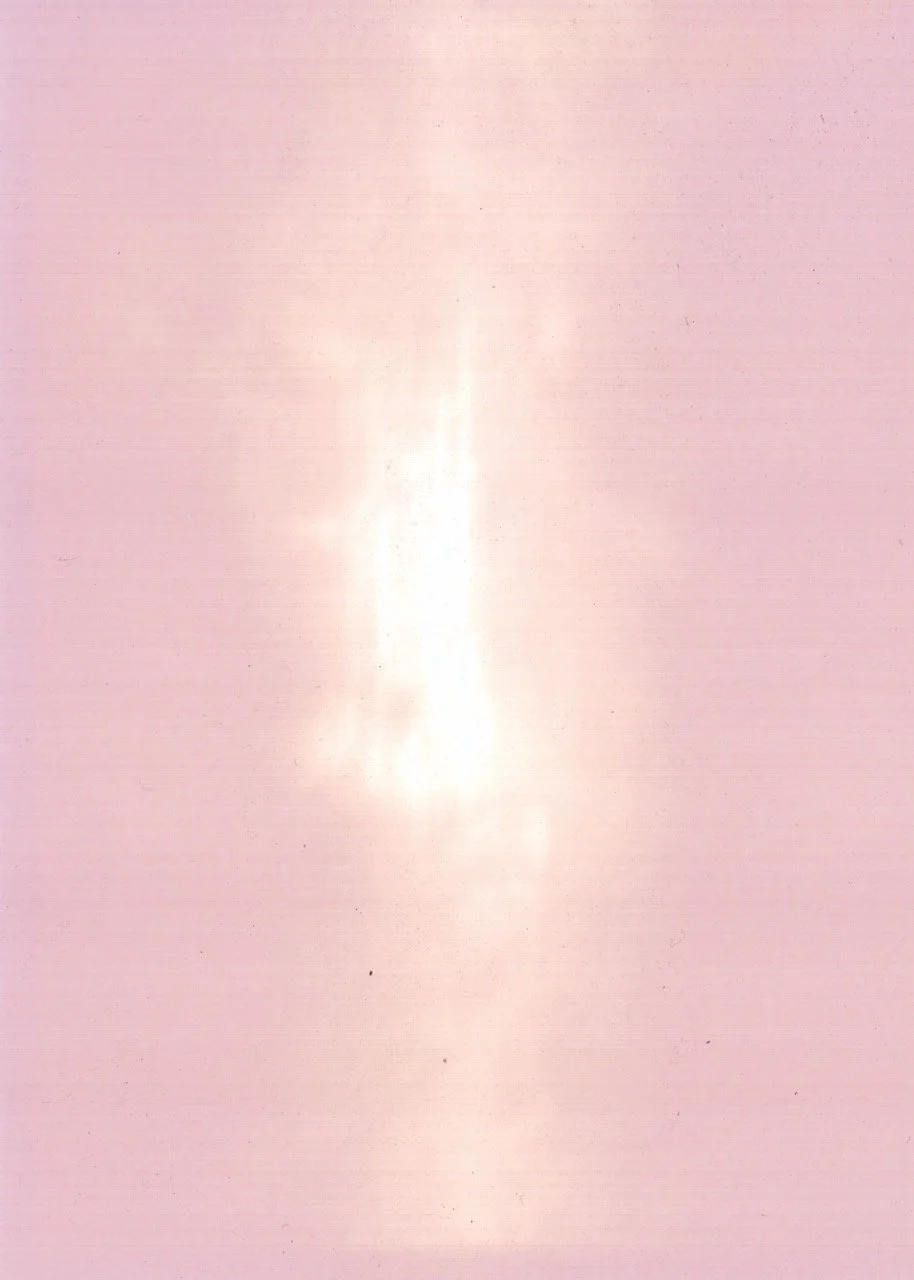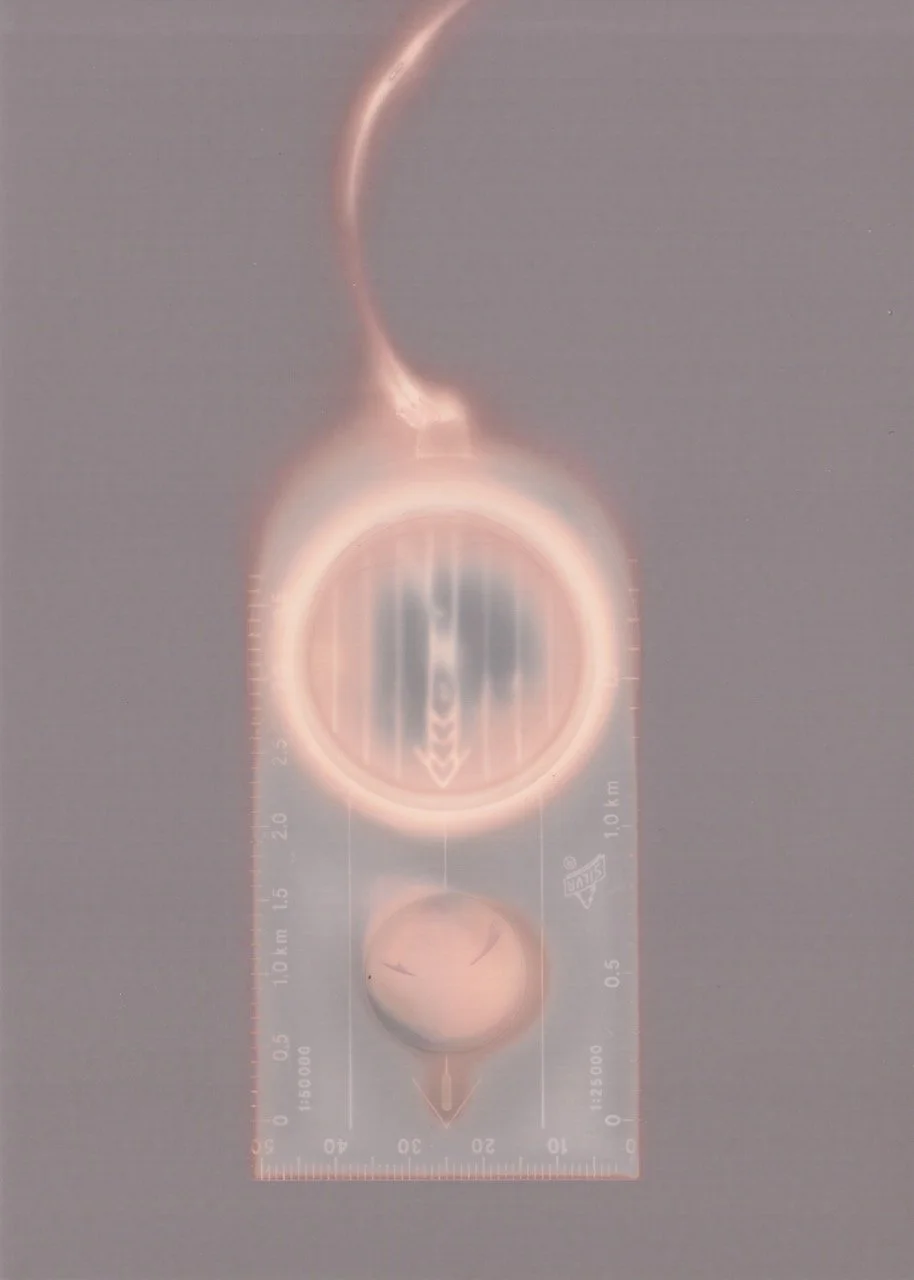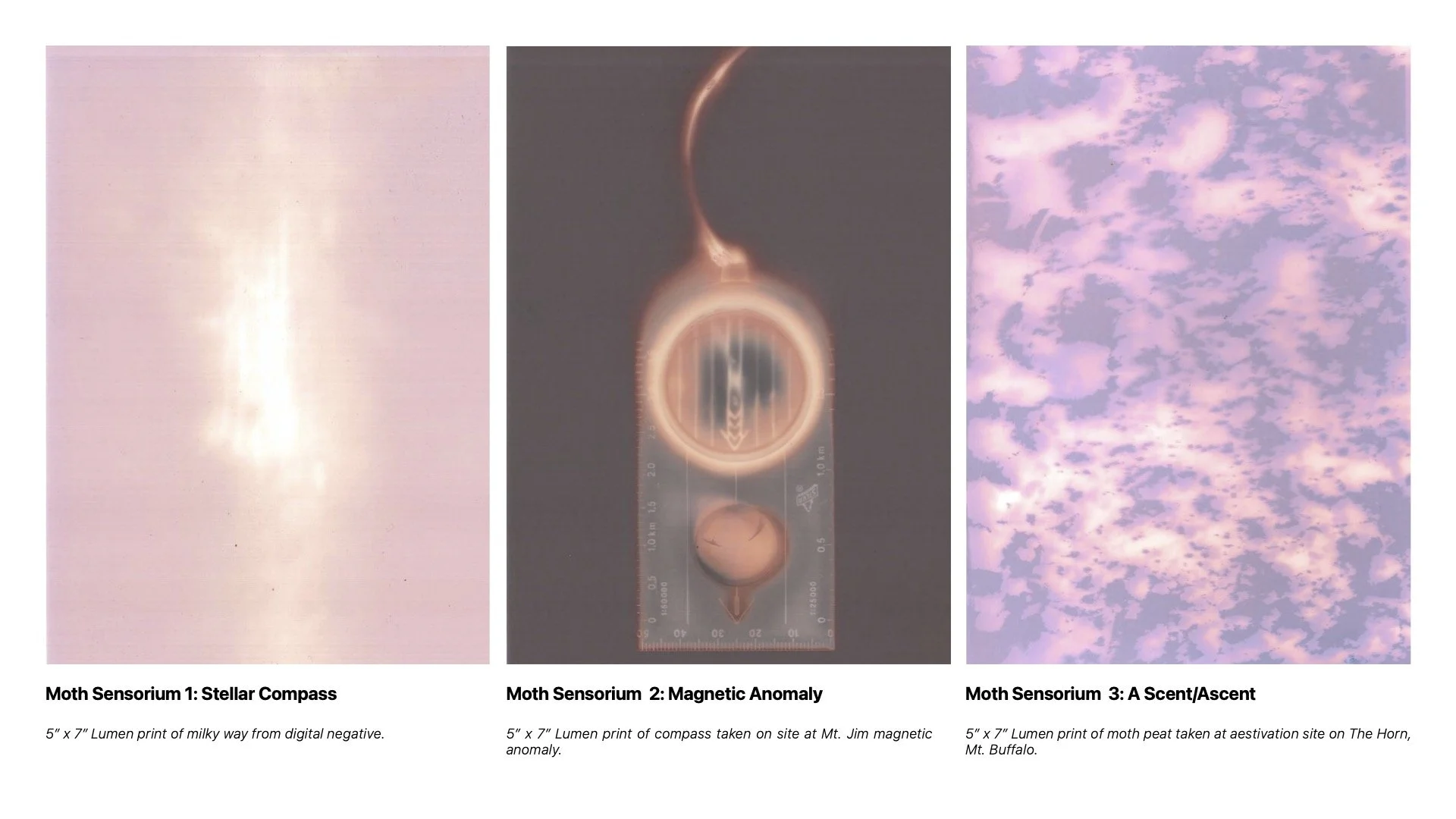Collection of Moth Sensorium Prints
Moth Sensorium | 2025
Set of 3 5”x7” Lumen Prints, Edition of 3, 4-Channel Sound Performance
This project looks at the alpine landscape through the lens of the once ubiquitous Bogong moth (Agrotis Infusa). In the last decade, their population has crashed by almost 99%. According to ecologists Kenneth Green and Eric Warrant, the Bogong Moth is most important source of energy for the Australian alps - second only to the sun. The traditional owners of the land and surrounding nations historically met during moth aestivation season to harvest the moths, which provided a highly concentrated source of fat and protein. It is estimated that in peak season, the moths provide around 4929 GJ of energy, which converts to about 1369 MWh – the equivalent of running allfour power stations of the Kiewa Hydroelectric Scheme at full capacity for four hours.
One of the insect world’s great migrators, the Bogong Moth migrates up to the high country to aestivate during the peak of summer from breeding grounds thousands of kilometres away across southern Australia. How they navigate has been an object of fascination for biologists. Current research suggests they navigate back to their aestivation grounds by following the gradient of the milky way, which runs North-South, an internal electromagnetic compass – one of the first insects discovered to have this ability, and finally through smell. Something magical happens once they get close to the caves and boulder fields where they rest, lining the walls like tiles in the warmers months. It is hypothesised that two species of parasitic nematodes release a smell that lures the moths back into the caves, where they are fed on by said nematodes and other species such as the endangered mountain pygmy possum.
The sheer volume of moth remains in these caves forms a special kind of endemic peat known as insect peat. Peat deposits develop when the built-up remains of biological communities exceeds the rate at which the environment can process it. Seen this way the moths can be though of as appendages of the mountain – taking energy up from the lowlands and redistributing it back to higher altitudes.
My research into the moth resulted in a series of lumen prints representative of each aspect of the moth’s navigational apparatus, as well as sound composition made with field recordings taken in the Australian Alps modulated with 5 years of moth sighting data from the Melbourne Zoo’s Moth Tracker citizen science project.
This work was made on unceded Jaithmathang country with additional recordings from Bidawal, Dhuduroa, Gunai/Kurnai, Mitambuta, Monero-Ngarigo and Taungurung country. I acknowledge and pay respects to their elders past and present.
Credits:
Project developed during artist residency at the Bogong Centre for Sound Culture in 2024.
Data provided by Melbourne Zoo.
Help with sonification algorithm courtesy of Duncan Geere at Loud Numbers.
Exhibited and performed at the Cycles Group Show at Mim Raum fur Kultur in Munich in July 2025.
Editions printed by Mengershausen Editions



